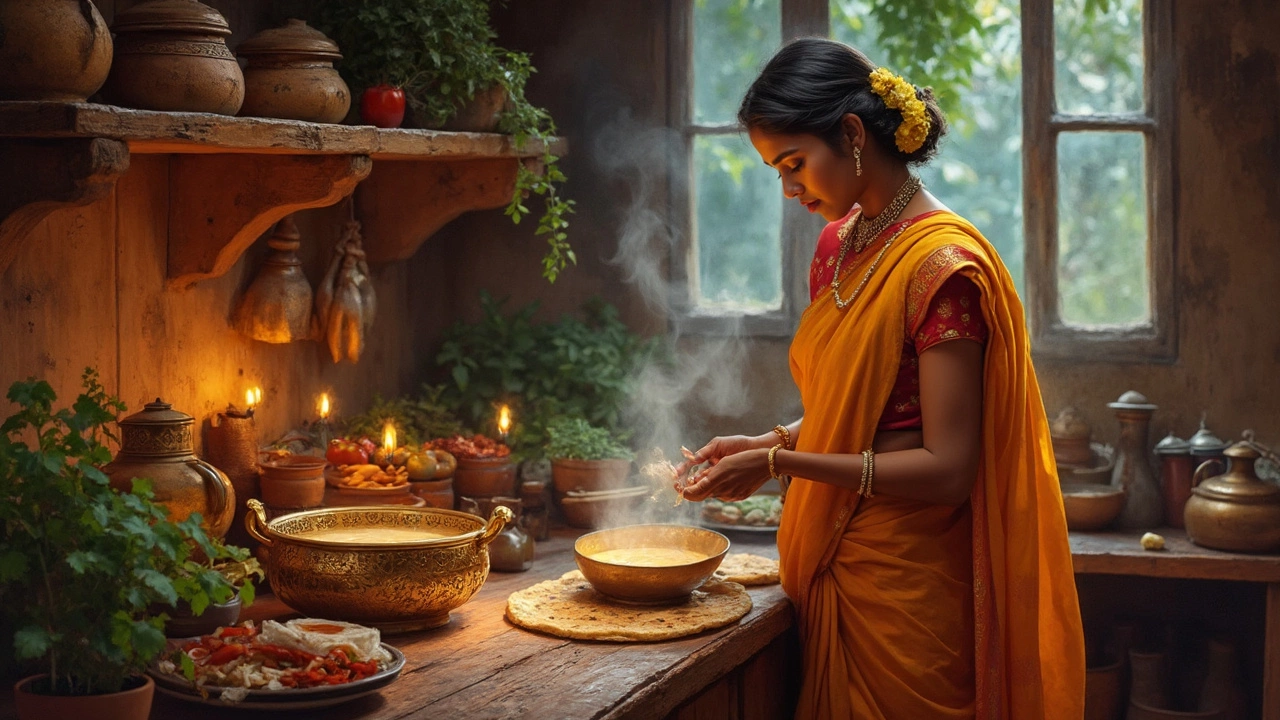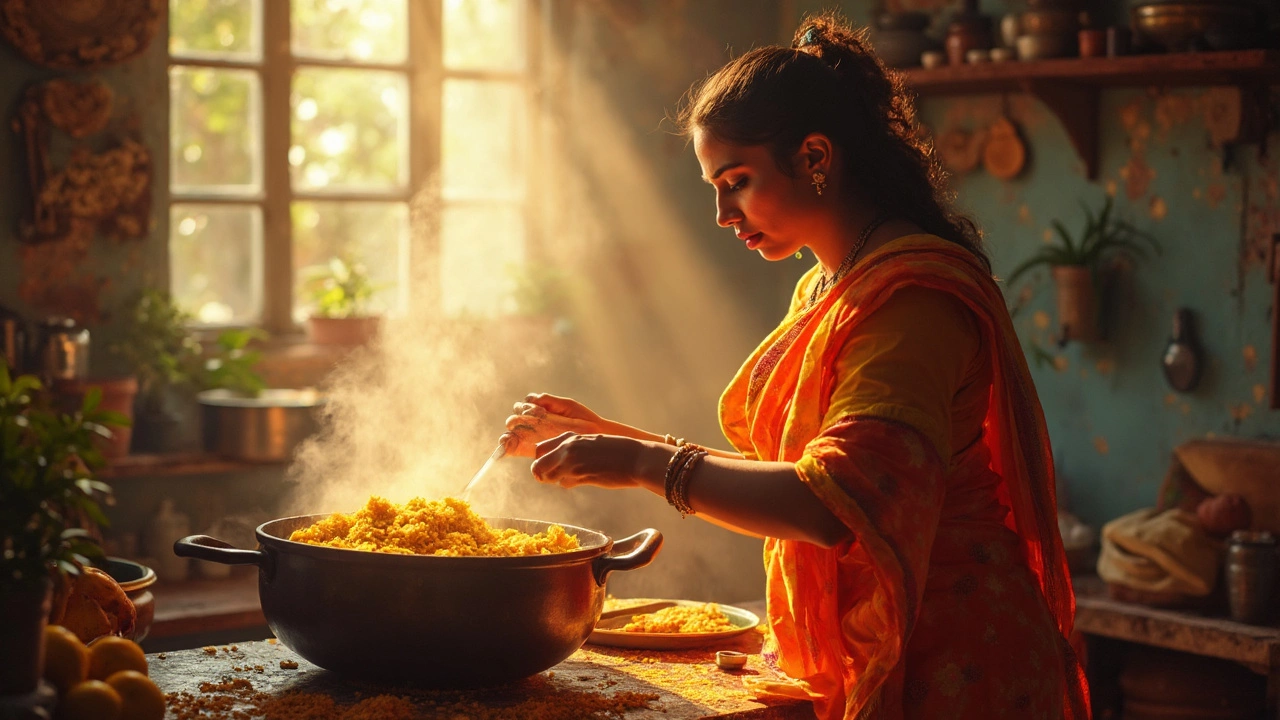Natural Methods for Indian Cooking
When working with Natural Methods, traditional, ingredient‑friendly tricks that improve flavor, texture, and nutrition in Indian dishes. Also known as home‑grown techniques, it helps you get more out of everyday staples without relying on processed shortcuts.
One of the most common soaking, pre‑wetting beans, lentils, or spices before cooking is a simple natural method. Soaking breaks down tough hulls, shortens cooking time, and makes nutrients easier for your body to absorb. For example, when you soak dal overnight, the lectins soften, reducing gas‑forming compounds and giving you a smoother texture in the final stew. Another widely used technique is fermentation, letting batter or dough rest to develop flavor and probiotic benefits. Fermented dosa batter, for instance, gets a light, airy crumb thanks to natural wild yeasts, while also providing gut‑friendly bacteria.
Acidic balance is a third pillar of natural methods. Adding a splash of lemon juice to biryani or a dash of tamarind to a curry changes the pH, which brightens flavors and keeps rice grains separate. The science behind it is simple: acid weakens protein structures, preventing clumping and helping spices release their aromatics more evenly. Finally, a pinch of baking soda, a mild alkaline that softens dough and creates lift can turn hard chapatis into fluffy rotis or give dosa batter an extra puff. The reaction between the soda and acidic ingredients like curd or yogurt releases carbon dioxide, which lifts the batter without the need for commercial leaveners.
Why natural methods matter
These tricks aren’t just kitchen folklore; they’re backed by everyday chemistry that any home cook can harness. Natural methods let you control texture, flavor depth, and health benefits without adding extra processed additives. When you combine soaking with fermentation, for instance, you get a double boost: softer beans plus a tangy, airy batter. Pair that with the right amount of acidity and a sprinkle of baking soda, and you’ve turned a basic recipe into a standout dish. Below you’ll find a curated list of articles that dive deeper into each of these techniques—how long to soak different dals, quick tricks to ferment batter in a hurry, the exact lemon dosage for fluffy biryani rice, and when baking soda truly makes a difference in roti softness.
Ready to upgrade your kitchen game? Scroll down to explore detailed guides, step‑by‑step tips, and science‑backed explanations that will help you apply these natural methods to any Indian recipe you love.

Boost Dosa Batter Fermentation Naturally Without Yeast
Fermenting dosa batter naturally can be a bit tricky, but with some practical tips, you can get fluffy dosas without using yeast. Understand how to harness the right temperature, use age-old fermenting vessels, and even leverage natural ingredients. Discover effective ways to prepare batter that stays fresh and yields perfect results every time. Transform your kitchen into a fermentation haven with these simple and natural tips.

Speed Up Dosa Batter Fermentation Naturally
Fermenting dosa batter can often be a test of patience, but fear not, there are ways to speed up the process naturally without using yeast. Discover practical tips like using warm environments and adding fenugreek seeds to get that perfect tangy flavor in less time. This guide will help you understand the science and simple adjustments you can make in your kitchen to enjoy delicious dosas sooner.